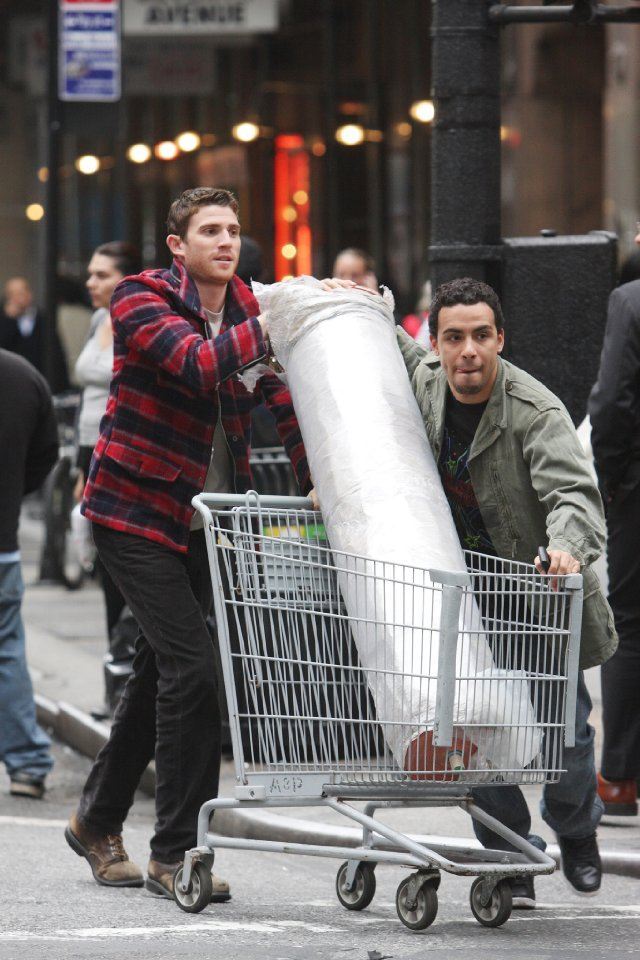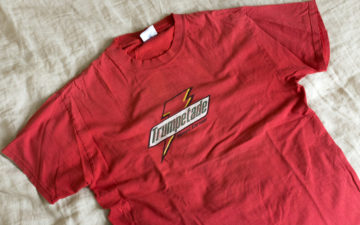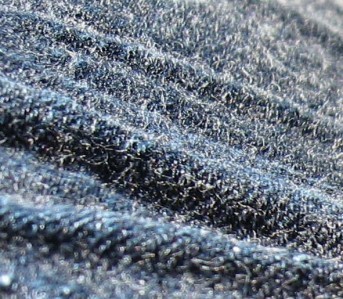Love it or hate it, you gotta give it up to the HBO Series – “How To Make It In America“. Okay, it might not have the most suspenseful plot line or best acting and be slightly dramatized, but if you’re into denim (raw or non-raw), I’m sure it piques your interest.
For those unfamiliar with the show, here’s the low down (spoiler alert): drama-comedy sitcom set in New York City revolving around two young hustler entrepreneurs. One of these guys, Ben Epstein, is a FIT drop out and more fashion/design oriented, while the other, Cam Calderon, is more business savvy and ambitious. Putting aside all the side plots, they luck out one day at the shipping yard and come across a quality drum of raw Japanese selvedge denim. Weaving their way through their connections and various opportunities at hand, Ben & Cam grind their way through the NYC (fashion) scene to try and launch their own denim line – Crisp.
Season 1 wrapped up around this time last year and ended with Ben & Cam failing miserably at their first Crisp denim attempt, but inking a t-shirt deal with a Japanese buyer. Season 2 is rumored to debut later this summer.
Ostensibly, HTMIIA is another hyped up and cheesy sitcom (Kid Cudi plays a fairly prominent role), but under the surface I believe the show offers up some interesting insight into the denim industry, and as well entrepreneurship. After watching all episodes, I thought that if I were ever to start my own denim, these would be some general principles:
1. Hustle and Pivot
Despite a string of failed projects, Ben & Cam luckily come across a drum of raw selvedge denim from Japan (no other details given) at a shipping yard, exhaust all of their connections to get a pattern made (e.g. schmooze with John Varvatos at a party) and subsequently sold (or mass produced). While they don’t have any success with Crisp denim, they do manage to sell a batch of t-shirts in the process.
Takeaway – regardless of whatever curve ball is thrown these guys’ way, they hustle and just do whatever it takes. In such a competitive and cutthroat industry, HTMIIA shows you have no choice but to be bold, borderline shameless, and pivot whenever necessary to get your denim noticed.
2. Only Use The Best
When they came across the raw selvedge denim, Ben knew it was premium material for a reasonable price (I think they say around $5,000). On top of that, they knew they couldn’t seek just anyone’s advice or help to get bring their denim to market – they reached out to Ben’s former FIT instructor, John Varvatos and his top denim designer, then one of the most established pattern makers in NYC.
Takeaway – there is a reason why guys like Ande Whall, Roy, and Pure Blue Japan source their denim from one of two places in the world, and no where else. It’s because they know the material is the best. Moreover, you might argue that all-in-one denim manufacturers (e.g. Raleigh Denim) run quite a risk by in-housing all steps, but hey – in their mind they’re only going with the best, right?
3. Know Your Market
Prior to having their denim pattern made, Ben meticulously researches and conceptualizes the denim design and every little detail; knowing that if the pattern comes out according to his plans, it will bode well with their target market. Unfortunately, the pattern comes out completely wrong and indeed drowns with misery.
Takeaway – Knowing your market for any product is vital, and raw denim is no different. Regardless of the denim line, each brand knows how detail-oriented denim heads are and go out of their way to please. Whether it’s the selvedge color, custom rivets/donuts, slubbiness, or tiny little tag tucked inside, denim manufacturers know that even though it might be a pain to have done, their target market goes banana’s over this stuff. It’s precisely why you see some players producing unimaginable denim, such as Naked & Famous’ Red Weft Denim.
While How To Make It In America is by no means a how-to on making it in the denim industry, I think there are some pretty solid lessons to learn if you ever want to take a crack at it.





